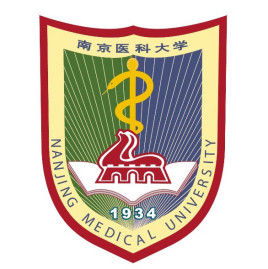Request Demo
Last update 08 May 2025
GABAB receptor x GABAA receptor
Last update 08 May 2025
Basic Info
Related Targets |
Related
2
Drugs associated with GABAB receptor x GABAA receptorMechanism GABAA receptor agonists [+3] |
Active Org. |
Originator Org. |
Active Indication |
Inactive Indication- |
Drug Highest PhasePreclinical |
First Approval Ctry. / Loc.- |
First Approval Date20 Jan 1800 |
Mechanism GABAA receptor antagonists [+1] |
Active Org.- |
Originator Org. |
Active Indication- |
Inactive Indication |
Drug Highest PhasePending |
First Approval Ctry. / Loc.- |
First Approval Date20 Jan 1800 |
100 Clinical Results associated with GABAB receptor x GABAA receptor
Login to view more data
100 Translational Medicine associated with GABAB receptor x GABAA receptor
Login to view more data
0 Patents (Medical) associated with GABAB receptor x GABAA receptor
Login to view more data
610
Literatures (Medical) associated with GABAB receptor x GABAA receptor01 Dec 2024·Heliyon
GABA and its receptors' mechanisms in the treatment of insomnia
Review
Author: Xu, Houping ; Huang, Lishan ; Zhu, Wenwen ; Feng, Wenzhan ; Dai, Wenbin ; Cheng, Hanxing ; Zhang, Bin ; Li, Nanxi ; Wu, Xiao ; Zhang, Dechou ; Li, Sen
01 Jul 2024·Ecotoxicology and Environmental Safety
1,2-Dichloroethane causes anxiety and cognitive dysfunction in mice by disturbing GABA metabolism and inhibiting the cAMP-PKA-CREB signaling pathway
Article
Author: Wang, Zijiang ; Zhao, Fenghong ; Wu, Shengting ; Wang, Gaoyang ; Zhang, Meng ; Huang, Weiyu ; Wang, Chen ; Qin, Yuchen ; Wang, Chunting
11 Jun 2024·Proceedings of the National Academy of Sciences
Developmental hearing loss–induced perceptual deficits are rescued by genetic restoration of cortical inhibition
Article
Author: Fair, Regan ; Mowery, Todd M. ; Masri, Samer ; Sanes, Dan H.
Analysis
Perform a panoramic analysis of this field.
login
or

AI Agents Built for Biopharma Breakthroughs
Accelerate discovery. Empower decisions. Transform outcomes.
Get started for free today!
Accelerate Strategic R&D decision making with Synapse, PatSnap’s AI-powered Connected Innovation Intelligence Platform Built for Life Sciences Professionals.
Start your data trial now!
Synapse data is also accessible to external entities via APIs or data packages. Empower better decisions with the latest in pharmaceutical intelligence.
Bio
Bio Sequences Search & Analysis
Sign up for free
Chemical
Chemical Structures Search & Analysis
Sign up for free

